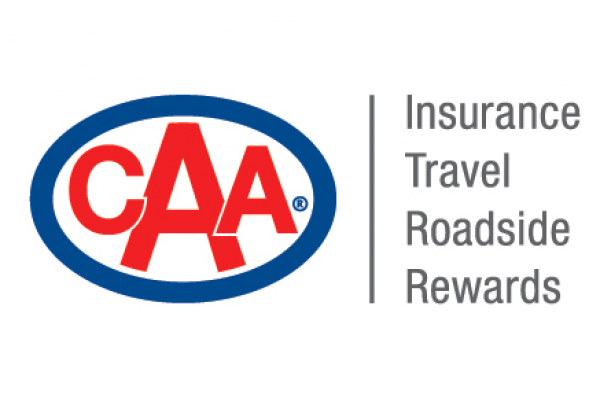With a renewed focus on education and safety, CAA South Central Ontario (CAA SCO) is proud to announce that following a one-year hiatus due to COVID-19, the annual CAA Worst Roads Campaign is back, and voting is now open.
“The campaign is a platform for all road users to highlight which roadway improvements should be prioritized by our different levels of government,” says Raymond Chan, government relations manager CAA SCO. “The campaign gives decision-makers a snapshot of what roads the public perceives are not meeting their expectations.”
Over the course of the last year people have changed their transportation habits. More people are cycling or driving their vehicles instead of carpooling and using public transit. CAA believes funding for roadway improvements needs to be consistent to ensure that quality and safety is maintained.
“Our roads are essential, they are the arteries used every day to keep workers, goods and services flowing and should be maintained more than ever,” adds Chan. “As people are encouraged to stay home and telework during the pandemic, governments should continue to take advantage of lighter traffic patterns as an opportunity for road repair. These efforts can also be refocused on increasingly popular modes of transportation, such as cycling and walking.”
Investing in infrastructure improvements, including the proper maintenance of roads and bridges, is important to the vitality and economic recovery of local communities. CAA continues to advocate for longer-term dedicated infrastructure funding to help municipalities prepare, plan, budget and execute on repair backlogs and capital projects.
The success stories over the last 17 years are a result of governments prioritizing infrastructure through multi-year capital investments. Some examples include:
1. Riverdale Drive, Washago
- Despite appearing on the CAA Worst Roads list for the first time in 2019, the poor road conditions of Riverdale Drive was not new to residents of Severn.
- After 20 years since the street’s last resurfacing, Council approved $50,000 of prep work for Riverdale Drive led by Ward 5 Councillor Sarah Valiquette.
2. Dufferin Street, Toronto
- Appearing on the provincial top 10 list annually since 2015, Dufferin Street between Bloor Street and Dundas Street underwent resurfacing from September to November 2018.
- An estimated 35,000 vehicles travel Dufferin Street daily and the number of commuters is increasing.
- In response to community concerns, Toronto City Council adopted a motion to expedite studies relating to pedestrian and cyclist safety along Dufferin Street, among other improvements in December 2020.
3. College Road, Windsor
- The intersection of Campbell and College Avenue underwent sewer, road and watermain rehabilitation in May 2019.
- College Avenue between South Street and Brock Street was repaired in November 2019.
CAA is calling on all Ontarians to vote for their Worst Roads today and join the community of drivers, cyclists, transit riders and pedestrians committed to improving Ontario’s roads.
Nominations for CAA’s Worst Roads can be cast at caaworstroads.com until April 18. To encourage participants to act on their concerns, they will be entered into a grand prize draw to win free gas for a year, or one of 5 secondary prizes.
Once voting closes, CAA will compile a list of the 10 Worst Roads in Ontario, along with the Worst Roads in regions across the province. The regional top five lists will help shine further light on the state of local roads in municipalities across Ontario.
CAA will present the list of 2021 Worst Roads to local and provincial officials to help inform future funding and planning decisions.
Here is a roundup of Ontario's Top 10 Worst Roads in 2019:
1. Eglinton Avenue East, Toronto
2. Riverdale Drive, Washago
3. Dufferin Street, Toronto
4. County Road 49, Prince Edward
5. Barton Street East, Hamilton 6. Burlington Street East, Hamilton
7. Avondale Road, Belleville
8. Sheppard Avenue East, Toronto
9. Carnegie Beach Road, Scugog
10. Bathurst Street, Toronto





